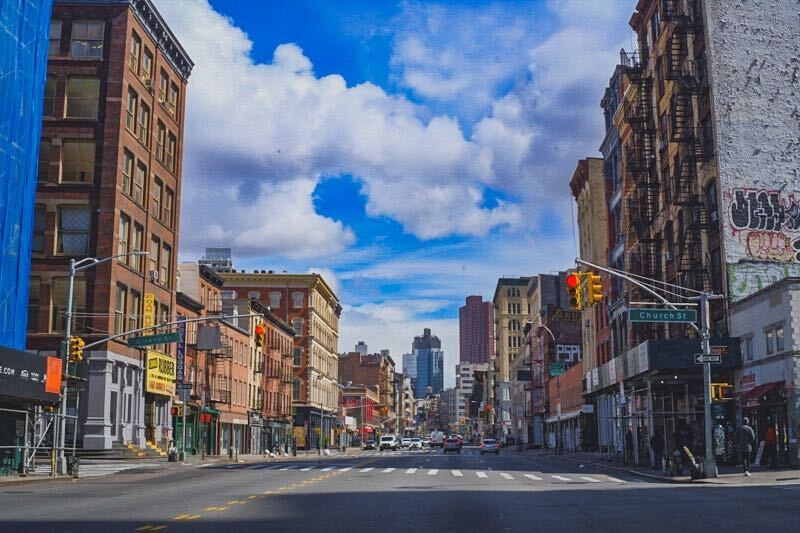What would a $20 toll for drivers traveling into Manhattan’s Central Business District do for traffic and the environment in New York City?
A study from Cornell University found that traffic in Lower Manhattan could be reduced by 40%, greenhouse gas emissions could be reduced by 15%, and ridership on mass transit could bump by 6%.
“If we charge a high dollar amount of tolls, we can decrease the number of cars and taxis, shrink gridlock, bring down carbon dioxide emissions, and reduce particulate matter,” said Oliver Gao, director of Cornell’s Center for Transportation, Environment and Community Health. “This is good news for the environment and from a public health perspective.”
In Cornell’s view, a toll set at $20 would be enough to reduce congestion and emissions by these levels but prior recommendations have estimated the price-point should be about $11 for passenger cars.
But it is not all about the ridership boost or the extra capital spending for the MTA.
The MTA sorely needs the financial boost, with the agency officials announcing Wednesday that bone-dry operational funding due to reduced ridership from COVID-19 translates to a $10 billion if the federal government does not come through with $3,9 billion in the Heroes Act, yet to go to the Senate floor for a vote.
While agency Chair Pat Foye said recently that funding lined up in the congestion pricing plan will only be for capital improvements, not operations, even those are just a pipe dream without some final approvals from the Federal Highway Administration — which has not budged on getting an environmental review kickstarted for the tolling program.
“Given the far more pressing matter before us related to the federal government’s inaction on determining the form of environmental review we must undertake, we are not yet ready to discuss potential toll rates,” MTA spokesman Aaron Donovan said. “We have met with them more than a dozen times over the past year and they have had all the information they requested since this past January, and still we have not received an answer on how to proceed. Without federal action, all other questions at this point are, unfortunately, moot.”
This week the agency said they would not be pushing ahead with the 2020-2024 capital plan packed with $51 billion worth of projects to turn the aging New York City Transit system as a modern transportation network. The plan was adopted in January only to be blindsided the COVID-19 which brought ridership on the subways and buses down by over 90%.
Even as ridership on New York City Transit has improved by an average of 3 million riders per weekday, the MTA will run out of the $3.8 billion provided in the CARES Act in April.

































